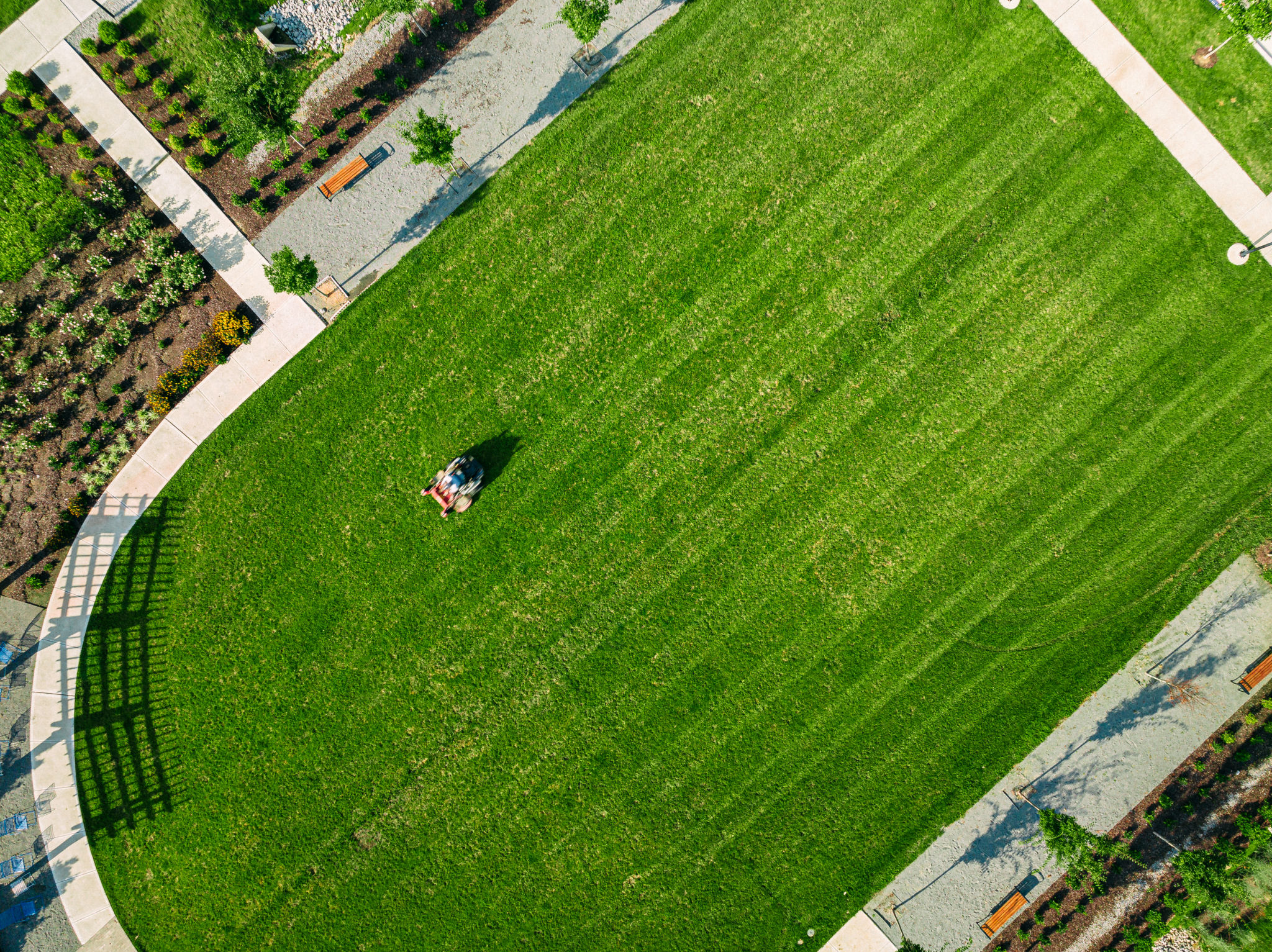How to Prepare Your Lawn for Summer in Kyle
Understanding Your Lawn's Needs
As summer approaches in Kyle, it's essential to prepare your lawn to thrive under the warm sun. Understanding your lawn's specific needs is the first step in this process. Different grass types require different care routines, so identify whether you have Bermudagrass, St. Augustine, or another variety common in Texas.
Once you know your grass type, research its specific growing requirements. This includes understanding its ideal watering schedule, mowing height, and fertilization needs. Tailoring your care routine to your lawn's specific requirements will ensure it remains lush and vibrant throughout the summer months.

Water Wisely
Watering is crucial for maintaining a healthy lawn during the hot summer months. In Kyle, where temperatures can soar, it's important to water deeply but infrequently to encourage deep root growth. Aim to water your lawn early in the morning to minimize evaporation and ensure the water penetrates the soil.
Consider installing a smart irrigation system that adjusts watering schedules based on weather conditions. This not only conserves water but also ensures your lawn receives the right amount of moisture. Keep in mind that overwatering can be as harmful as underwatering, leading to fungal diseases and shallow root systems.
Mowing Techniques
Proper mowing techniques are essential for a healthy lawn. During the summer, raise your mower blades to leave the grass slightly longer. This helps shade the soil, retain moisture, and prevent weed growth. As a rule of thumb, never cut more than one-third of the grass blade at a time.

Ensure your mower blades are sharp to achieve a clean cut, which prevents grass tearing and reduces stress on the lawn. Regular mowing also encourages lateral growth, leading to a denser and more resilient turf.
Fertilization and Weed Control
Fertilizing your lawn provides it with the essential nutrients needed for robust growth. Choose a slow-release fertilizer suitable for your grass type, applying it in late spring or early summer. This timing ensures your lawn has access to nutrients when it needs them most.
Weed control is another critical aspect of lawn care. Apply pre-emergent herbicides in early spring to prevent weeds before they germinate. For existing weeds, use post-emergent herbicides or consider organic alternatives like corn gluten meal for a more environmentally friendly option.

Pest Management
Pests can wreak havoc on a lawn if not managed properly. Regularly inspect your lawn for signs of grubs, chinch bugs, and other common pests in Kyle. Early detection allows for more effective treatment and minimizes damage.
Integrated Pest Management (IPM) strategies can be effective in controlling pest populations. This approach combines biological, cultural, and chemical methods to manage pests sustainably. Encourage beneficial insects like ladybugs and lacewings that naturally control pest populations.
Aeration and Soil Health
Aeration is vital for maintaining healthy soil and allowing nutrients and water to reach the roots effectively. Consider aerating your lawn in late spring or early summer before the peak heat arrives. This process relieves soil compaction and encourages root development.

Improving soil health is another key aspect of preparing your lawn for summer. Incorporate organic matter such as compost into your soil to enhance its structure and nutrient content. Healthy soil promotes strong root systems and increases the lawn's resilience to drought and disease.
Monitor and Adjust
Finally, keep an eye on your lawn's condition throughout the summer months. Monitor for any signs of stress, such as discoloration or thinning grass. Be prepared to adjust your care routine based on these observations.
Regularly testing your soil's pH and nutrient levels can also provide valuable insights into its health. Use this information to make informed decisions about fertilization and other treatments, ensuring your lawn remains vibrant all summer long.